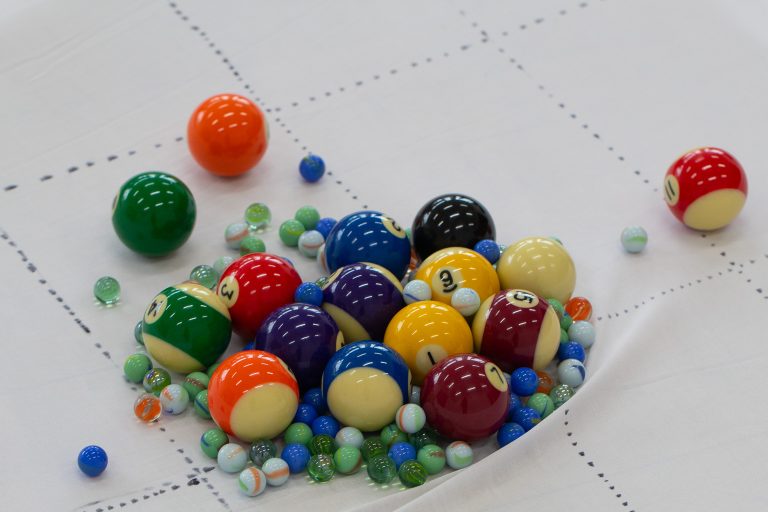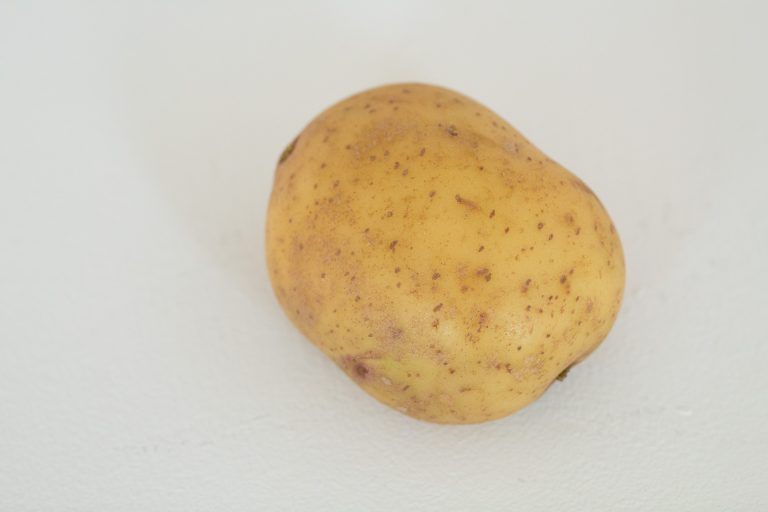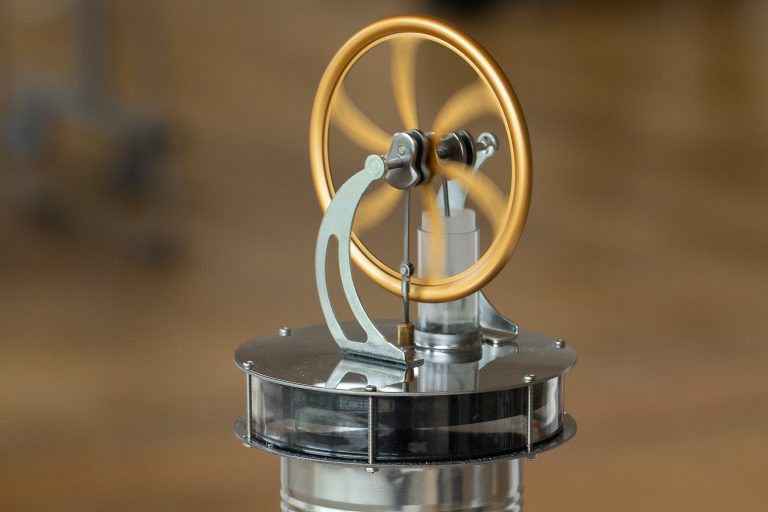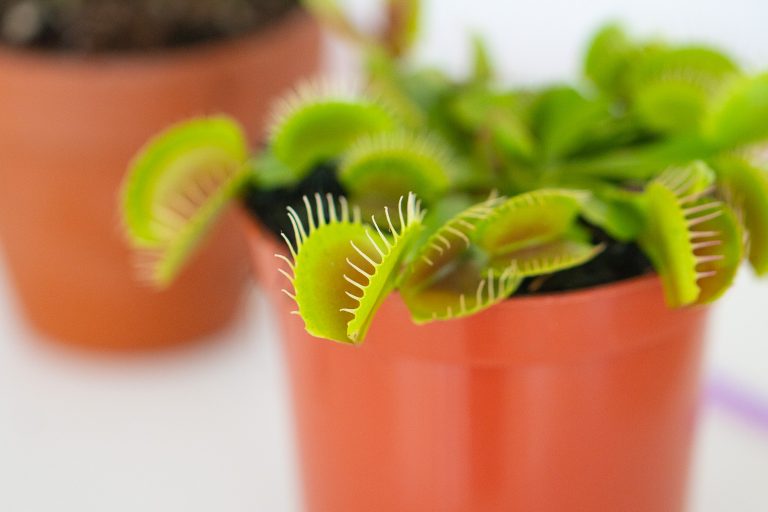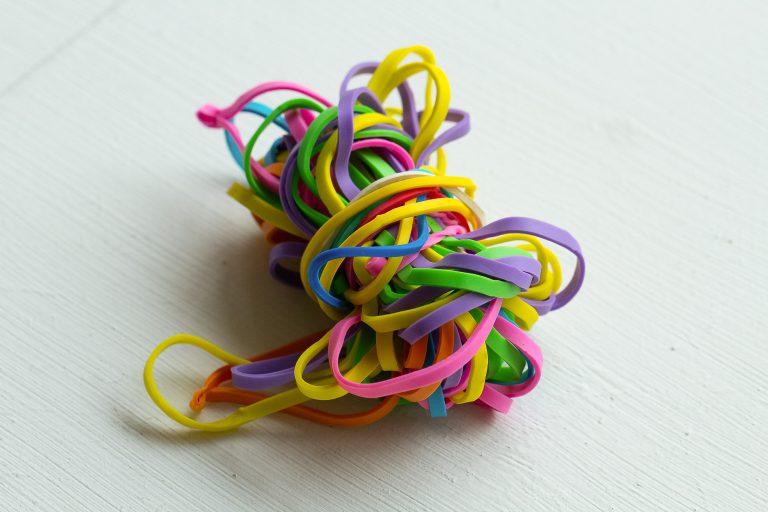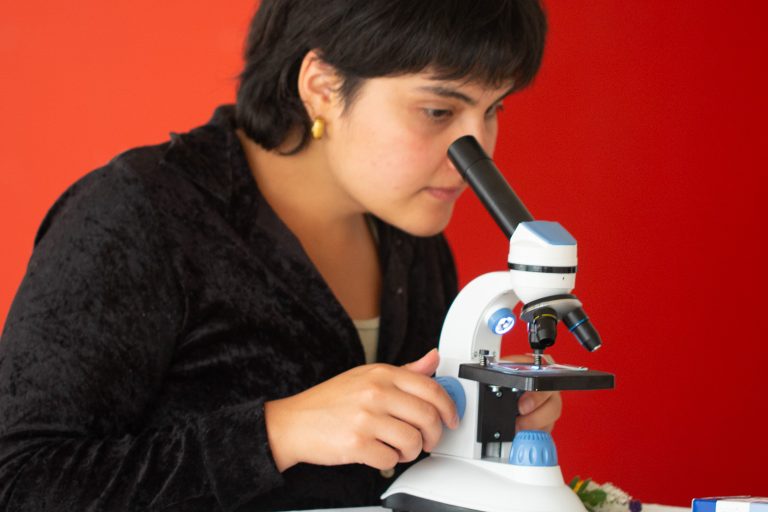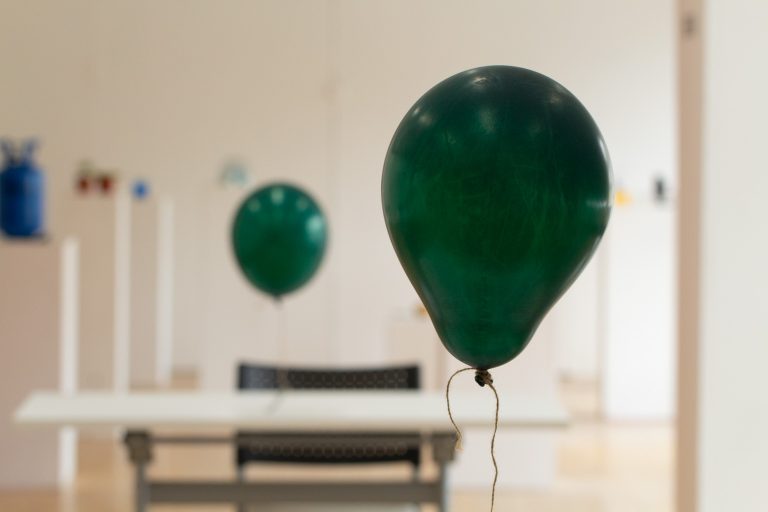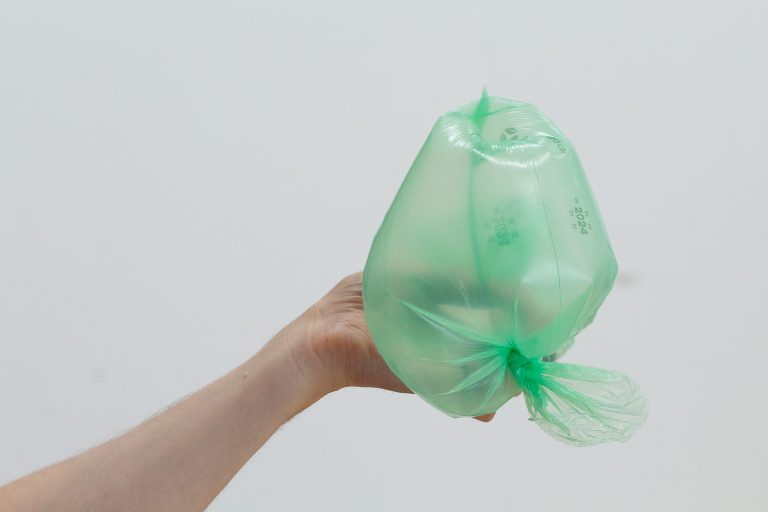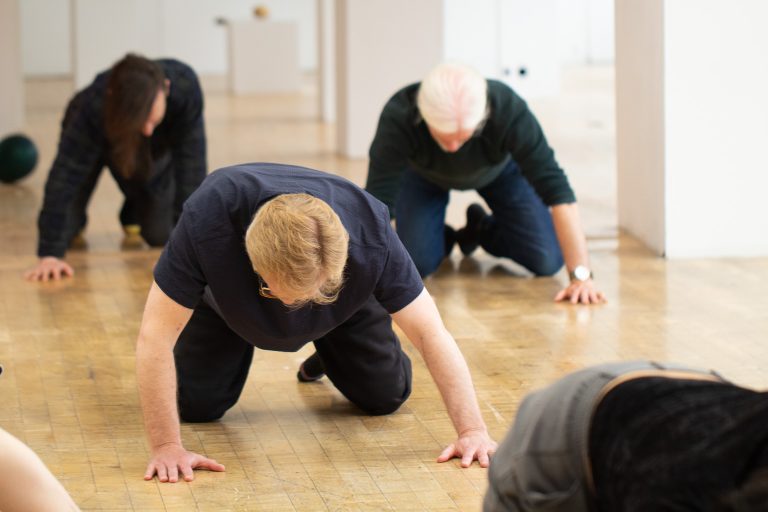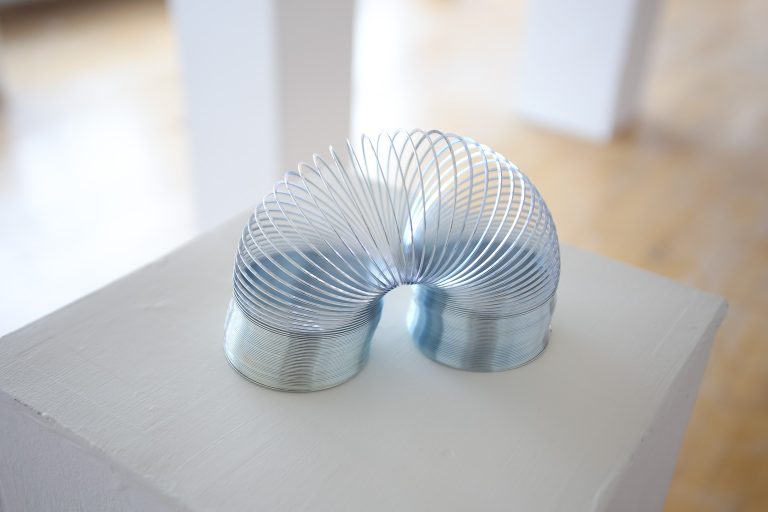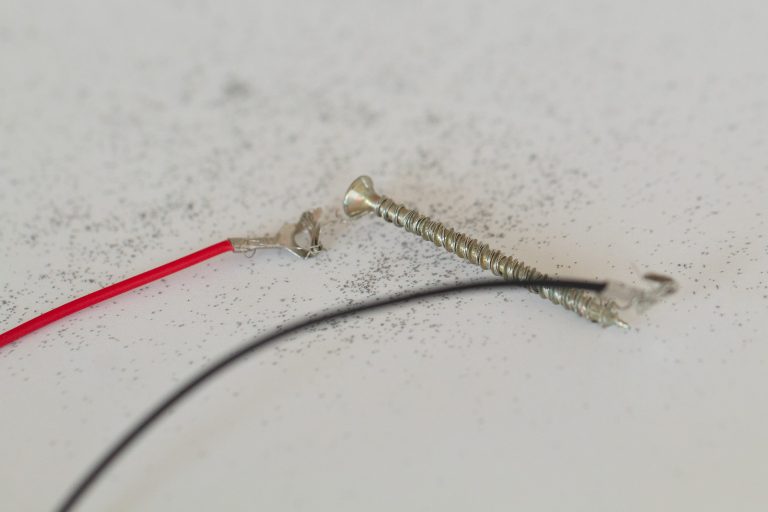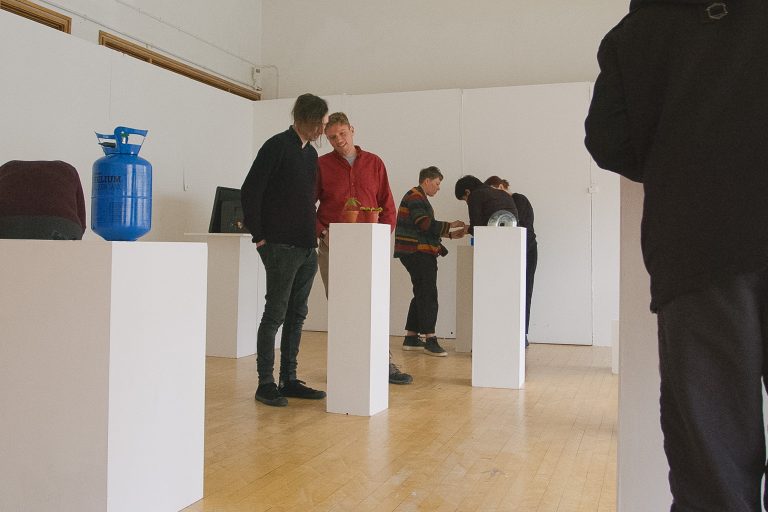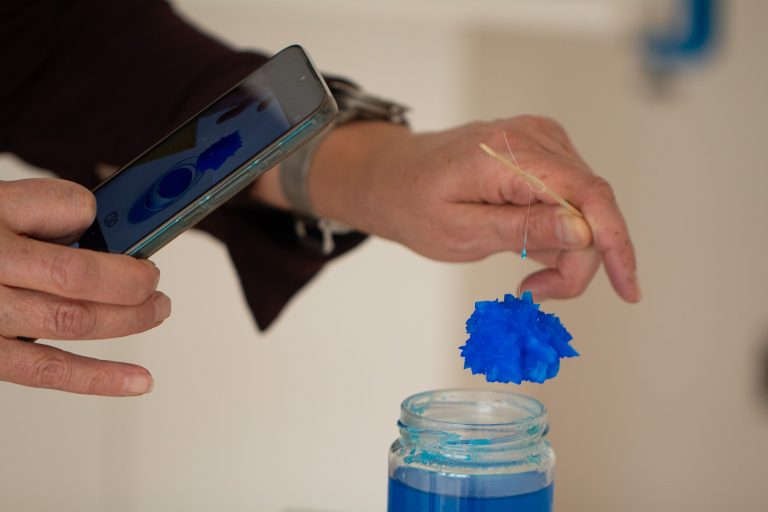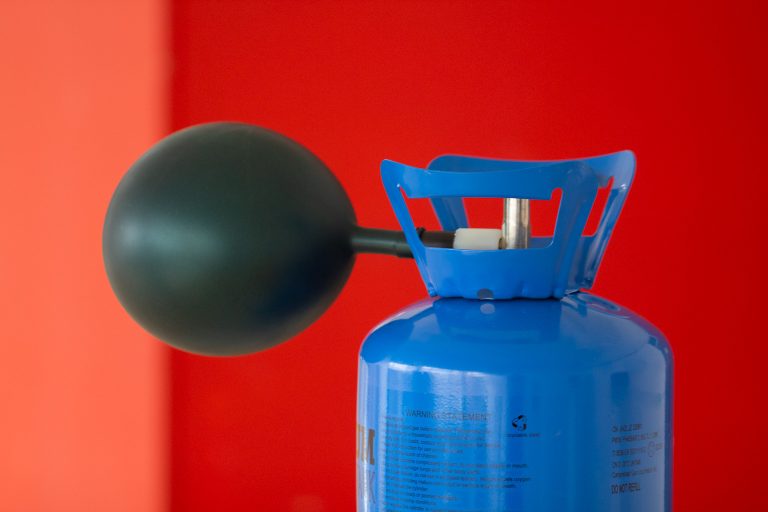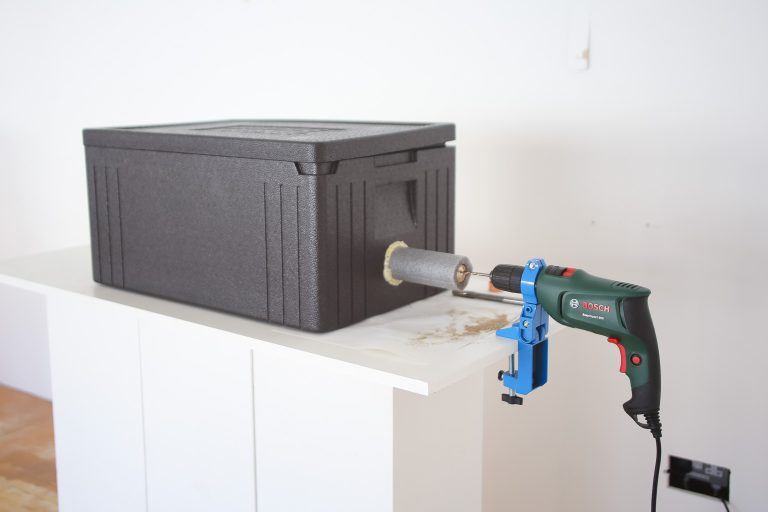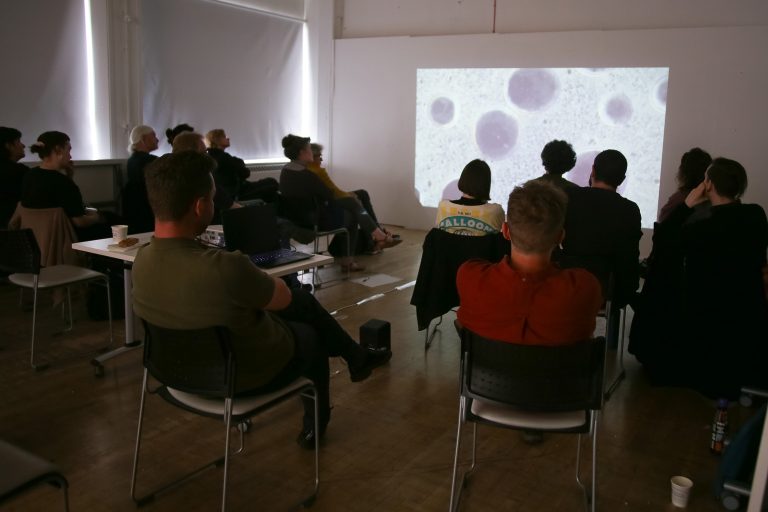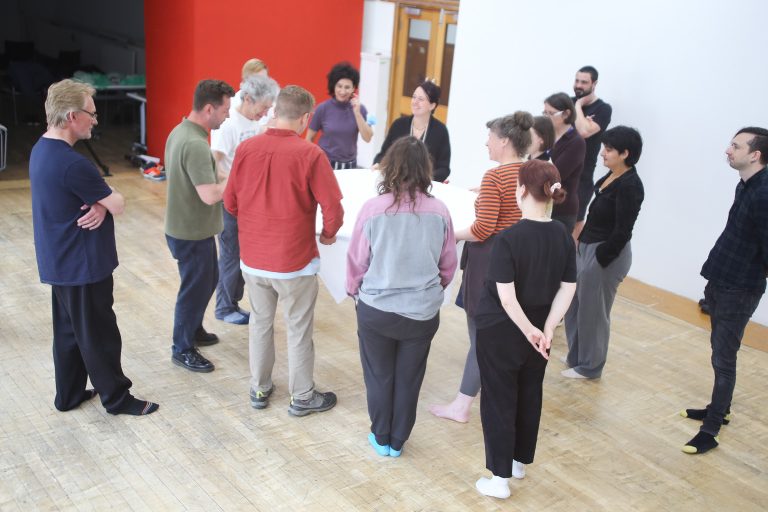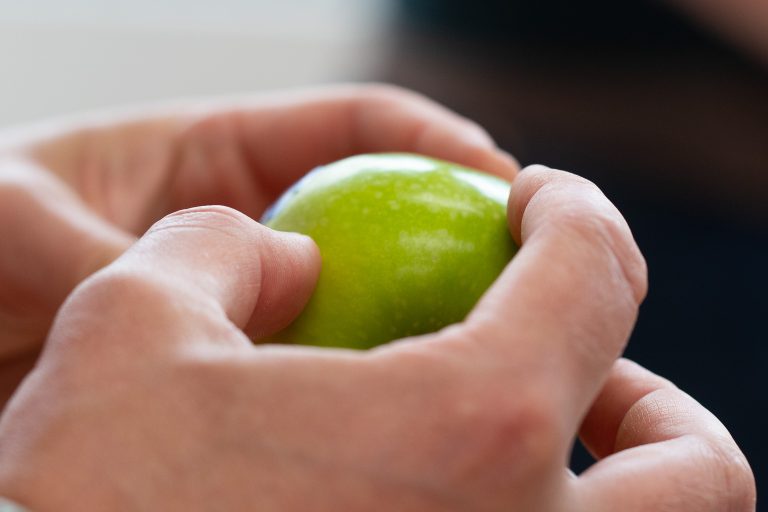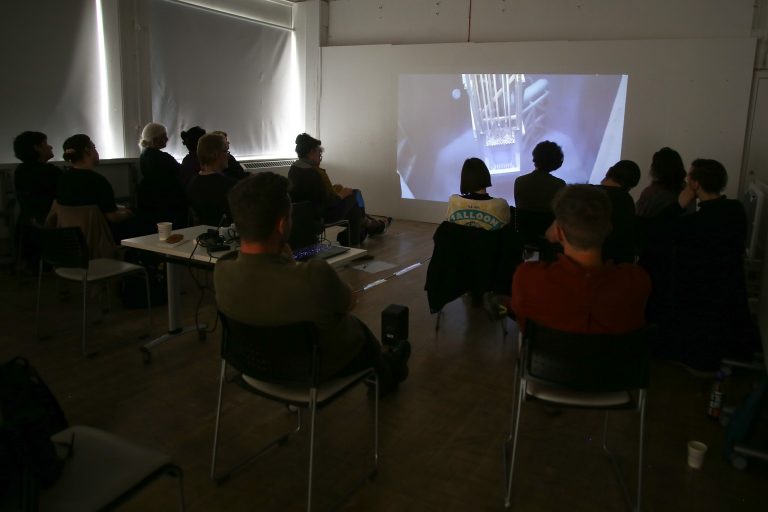A workshop with Natasha Lushetich, Rowan Lear & Joel White
A/r/tography is a host of practice-based methods of inquiry attentive to contiguity and resonance, motion and materiality, possibility and potentiality (Irwin 2005; 2024). It articulates exchanges, configurations, and contagions through techniques such as notation (e.g. musical, choreographic, intermedial); measurement (e.g. iconic, numeric, spectral) or maps (e.g. aural, olfactory, tactile, visual).
As a force, process, capacity, sensorial quality, chemical property, and ability to do work, energy is all around us. Beyond the sun, wind, fire, tides and oceans, embodied and disembodied labour (human, animal or machinic), energy can be found in materials such as crystals, glass, or steel; in viscous liquids such as honey or custard; in chemical elements such as helium or mercury; in objects such as springs and magnets; in processes such as compression, coagulation, or vibration; and in phenomena such as morphic resonance.
In this workshop, participants – artists, designers, philosophers and urban theorists – explored energetic formations, trajectories, transductions and mutations through agential media such as notation, icons, diagramming, and recording to map and/or intuit projections and traces of energetic relations across species, including plants, minerals, machines and animals.
Post-Workshop Reflections
I thought about the diverse concepts of energy, growth, and changing states such as crystal growth, micro examinations of stimuli, and memory as an energy flow.
The Turnock teacake reminded me of my nephew’s birthday party where children danced round the room like atoms, while eating (or wearing) teacakes. I have been looking at maps and some architectural plans left by a wartime emigree, and I considered these as evidence of energy flows, of rivers, transport, and population growth. The architectural plans are inexact but have signs that the woman who drew them had architectural training when women were excluded from that profession.
I thought about individual and folk memories as a kind of energy transference between people. Is forensic memory retrieval like an energy flow? This took me to reflections as memories or as simulacra, and I considered if reflections ever conserve all the energy they project back. Or do they always wane? I thought about how to convert a three-part mirror that had been my grandmother’s, into a sculpture that could make the sightlines visible using threads weighted with beads.
I thought of Victor Passmore’s abstract drawings, and how they resemble the flow diagrams used to capture the experience of moving through a building – and how that could be transcribed in stitches or beads. I thought about how some architectural plans are organic, like the growth patterns in nature, and if utopian ideas about buildings that grow themselves could be realised now.
Cath Keay, Workshop Participant
We got in the car to go to school and I found a snail stuck on the seat belt. Holographic slime trailed from the car door like a manuscript depicting a long journey. I didn’t want to remove the shell for fear of forcing the creature inside to awaken.
You peer down at the pan you are washing. Most of the non-stick coating has come off to reveal metallic. How do flecks cause internal decay, you wonder. Inside, there is a feeling, a sludging that possesses the same frequency as indigestion. You rest on a thought about why perhaps it isn’t about where all the material goes; rather, you want to circle around the enormity and nothingness of — that –. How all together, in no shape or form, we last forever and finish in no time. Flitting between a patch of dank grass, a crumbling verge, poison, daffodils that smear yellow on the dogs, a knackered key, seven red grapes (shrivelled), a brick cut in half, Gold Bar vape packaging, a very full condom, stains left by petrol, and a bobby pin wrapped in a perfect silver hair.
Organic compound vertigo. Could I go back to Looney Tunes dial-up and looking both ways before crossing the road lest two tons of carbon engulfs me in a twinkly blaze? The car was a mirror in that it showed us parts of ourselves which we often did not like. Spider web baskets hung in the corners of the dashboard, capturing, whilst the radio transmitted news about traffic and warfare. The outside was inside and that morning could have been the first time I felt obliged to notice. Later that day, at the back of the classroom, I silently moved around inside my polyester blend uniform, feeling like a fly twirled again and again in lengths of fine dust, a language made apparent only by light.
India Boxall, Workshop Participant
